I traveled through Austria, the land of waltz, starting from the Vienna area to Salzburg, returning through Graz. To avoid the monotony of the route, we also stopped in the midst of nature, crossing the alpine road and the Grossglockner glacier, with Austria being called the "Land of the Alps," as nearly 70% of its territory is occupied by mountain ranges.
A few kilometers north of Vienna, in an idyllic location, lies a picturesque castle that seems torn from fairy tales, Kreuzenstein. The entire castle complex is elevated on a wooded hill, visible from afar.
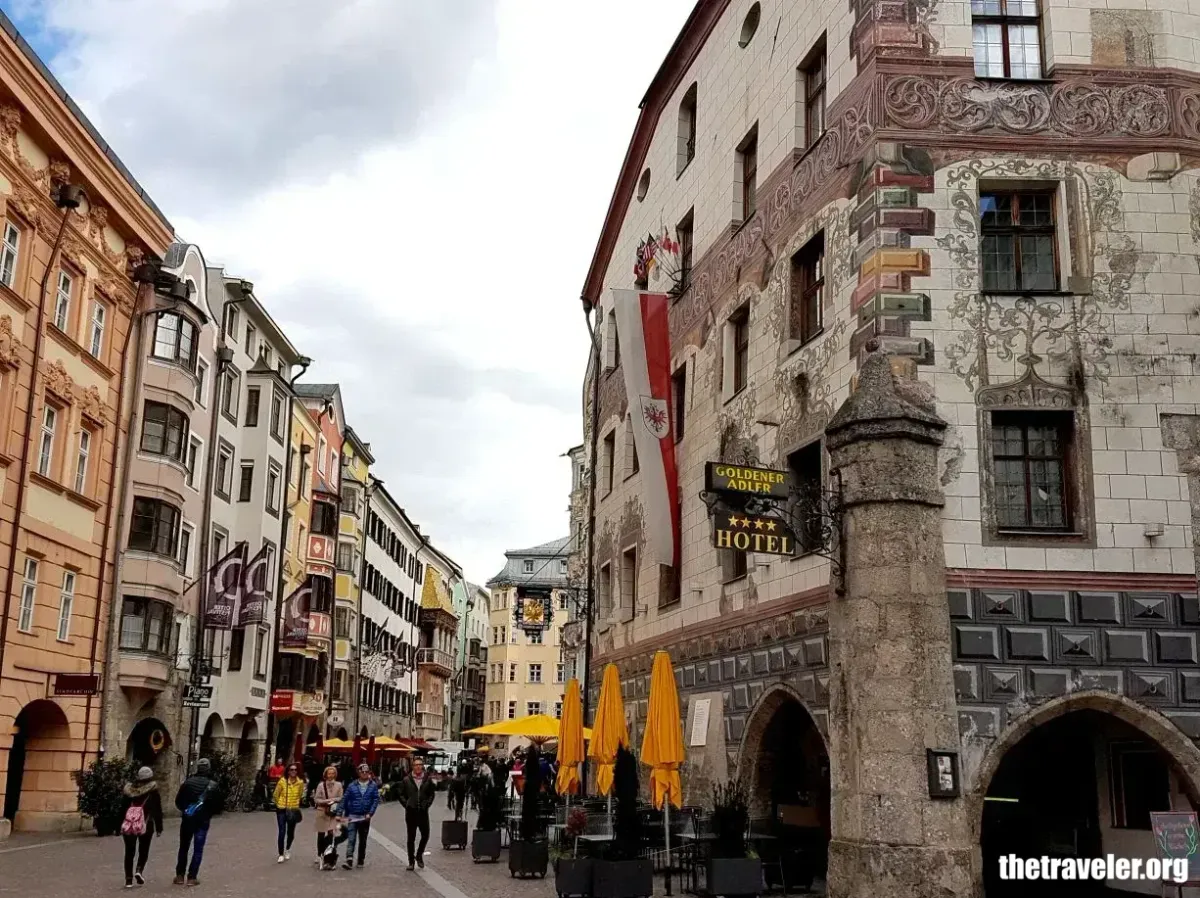
It was built 900 years ago by Dietrich von Grizzansteen, who was probably a member of the Formbach family, and over the years, it had several owners. During the Thirty Years' War, it was occupied by the Swedish army led by Marshal Thorstenson, but after a siege by the imperial troops, the castle was destroyed and turned into ruins.
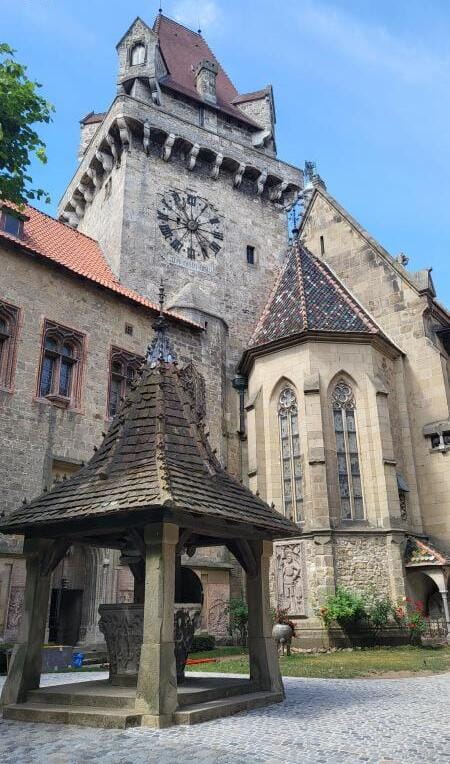
In the 18th century, the castle came into the possession of the Wilczek counts, who had amassed a great fortune through exploiting their coal mines in Silesia. Count Johann Nepomuk Wilczek began its reconstruction, his initial plan being to only renovate the Kreuzenstein chapel as the family crypt.
The ruins of the old castle were incorporated into the new one, including parts of the outer wall, the east tower, and parts of the chapel, thus his plan developed, reconstructing the entire castle, but in a style completely different from the original Romanesque-Gothic architecture.
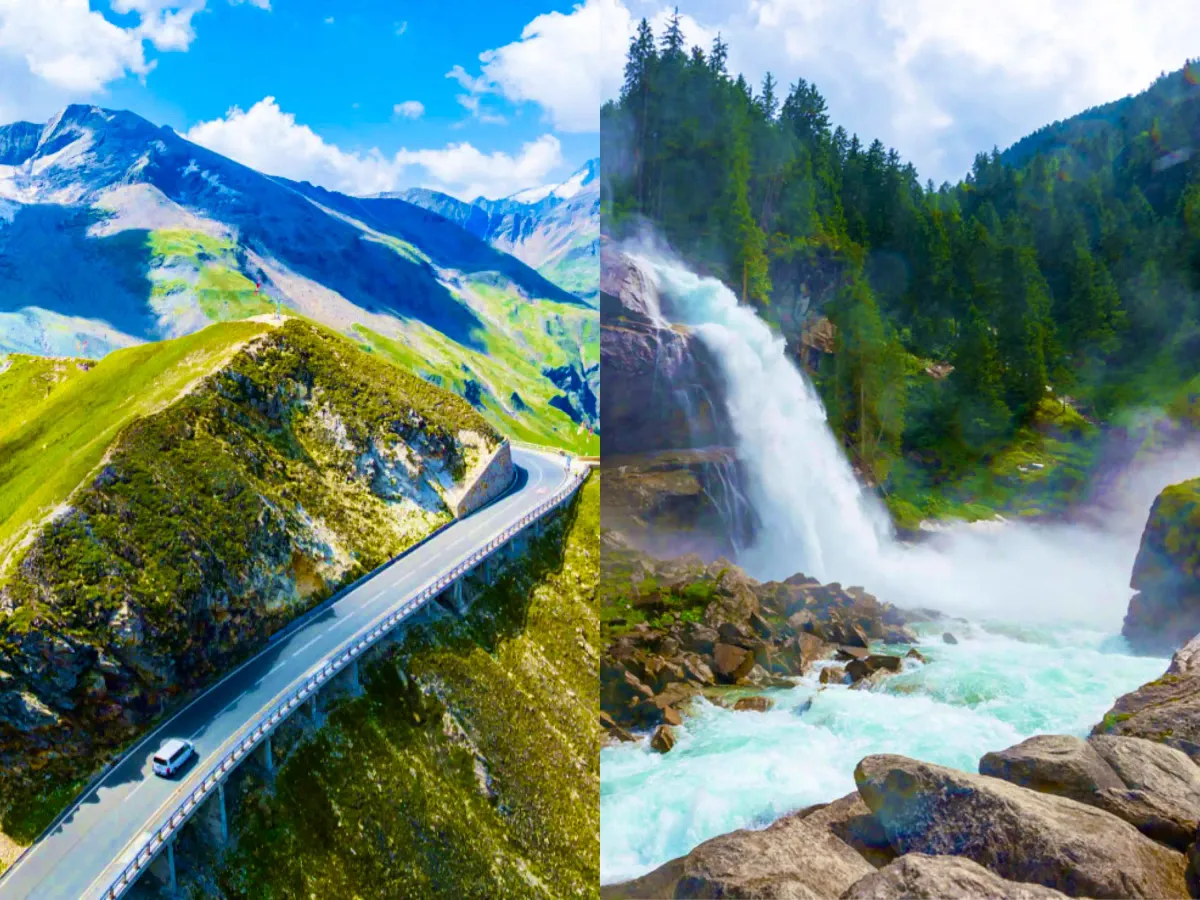
In addition to building the castle from the original masonry and on the initial site, Wilczek collected construction components from all over Europe. Moreover, the castle was equipped with a large collection of medieval furniture and historical artifacts, including one of the oldest surviving medieval catapults, acquired from Hohensalzburg Castle.
The reconstruction work lasted 30 years, but a fire caused by lightning in 1915 burned part of the archive wing and the library, and in 1945, the castle was severely damaged but was fully restored afterward.
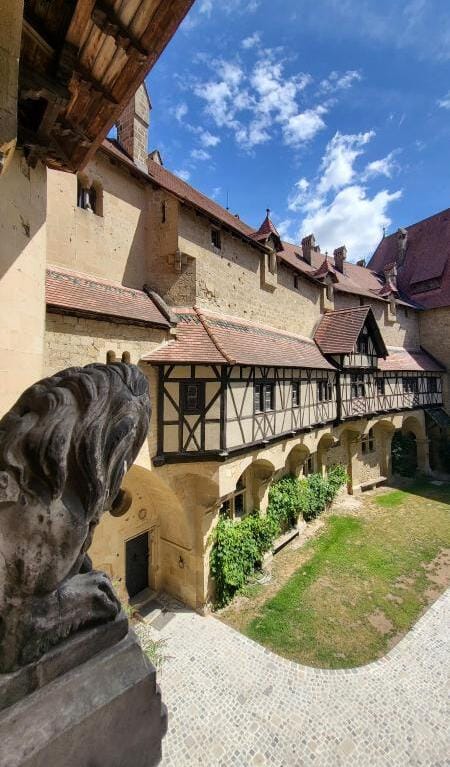
The castle is open to the public daily from 10 AM to 4 PM, and on Sundays and public holidays until 5 PM, with an admission fee of 15 euros. It can be visited with a guided tour in German, and foreigners are provided with a brochure containing information available in English.
Photography is not allowed inside the castle, but it is worth visiting, even though it is not entirely original.
The castle was protected from attackers by a deep moat, and entry through its gate was made via a drawbridge. In addition to its protective function, the moat conceals a secret underground passage, which was excavated from the existing rock during the reconstruction period to extract building materials from it. The tunnel has been extended and serves as an evacuation route to the Danube, measuring 200 meters long.
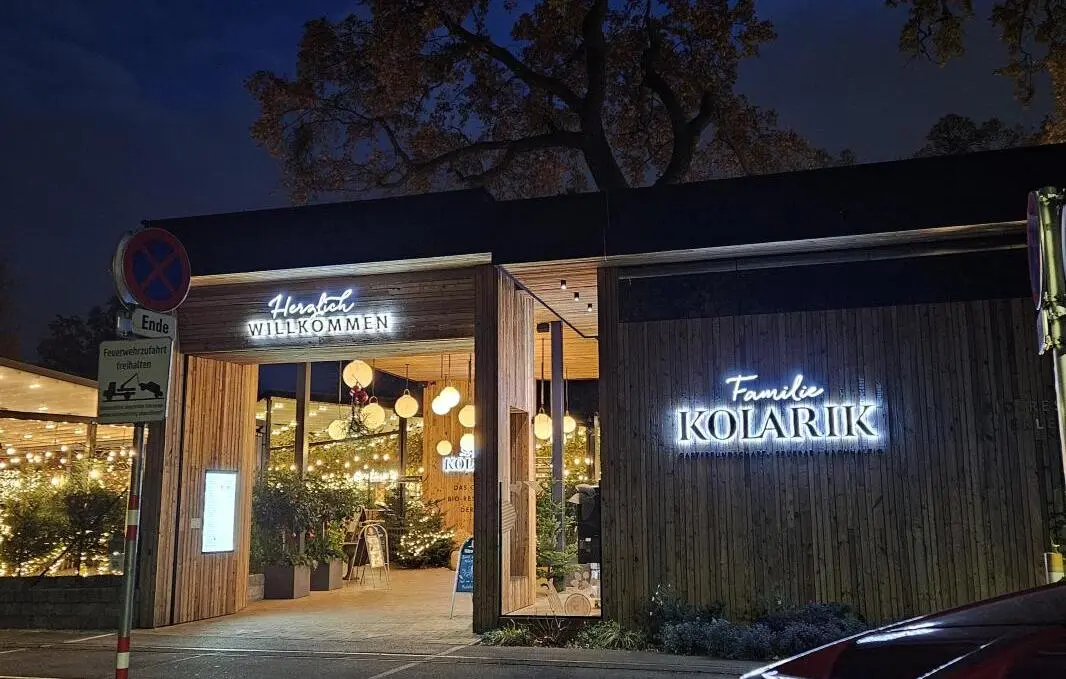
The outer wall has prominent turrets, and behind it lies a small courtyard, like an enclosure, typical of medieval fortifications: if attackers managed to breach the outer wall, they were surrounded and became easy targets for defenders on the inner walls.
The inner courtyard features buildings in various styles: a Romanesque balcony from northern Italy, a 500-year-old Gothic balcony from a church in Slovakia. In the north, wooden houses built in the style of those from Transylvania.
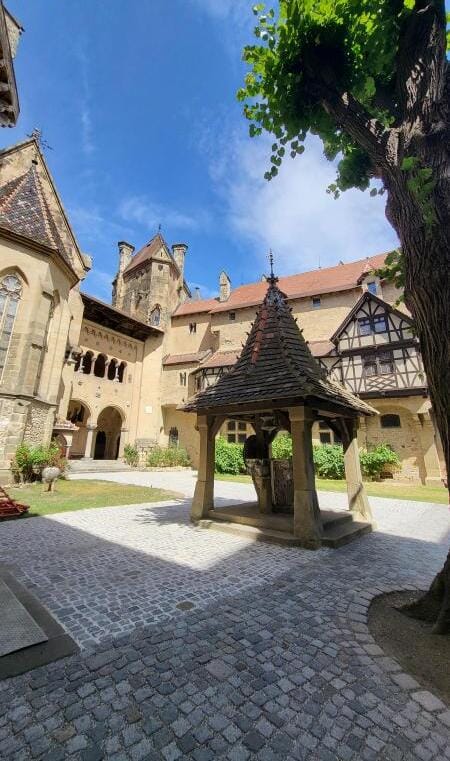
Other characteristic elements of the inner courtyard include the powerful old linden tree planted by Count Johann Nepomuk Wilczek himself when the castle was rebuilt, as well as a covered well, 60 meters deep, that originates from Venice. A 13th-century Jewish gravestone was recovered when the old well was discovered.
The 60-meter-high bell tower is probably the most impressive feature of the castle complex. Its shape is based on the watchtowers of the fortifications in Lower and Upper Austria, and the huge clock face bears the motto "He who rests, rusts," a motto very fitting for the eventful, adventurous, and at the same time extremely fulfilled and successful life of the castle's creator.
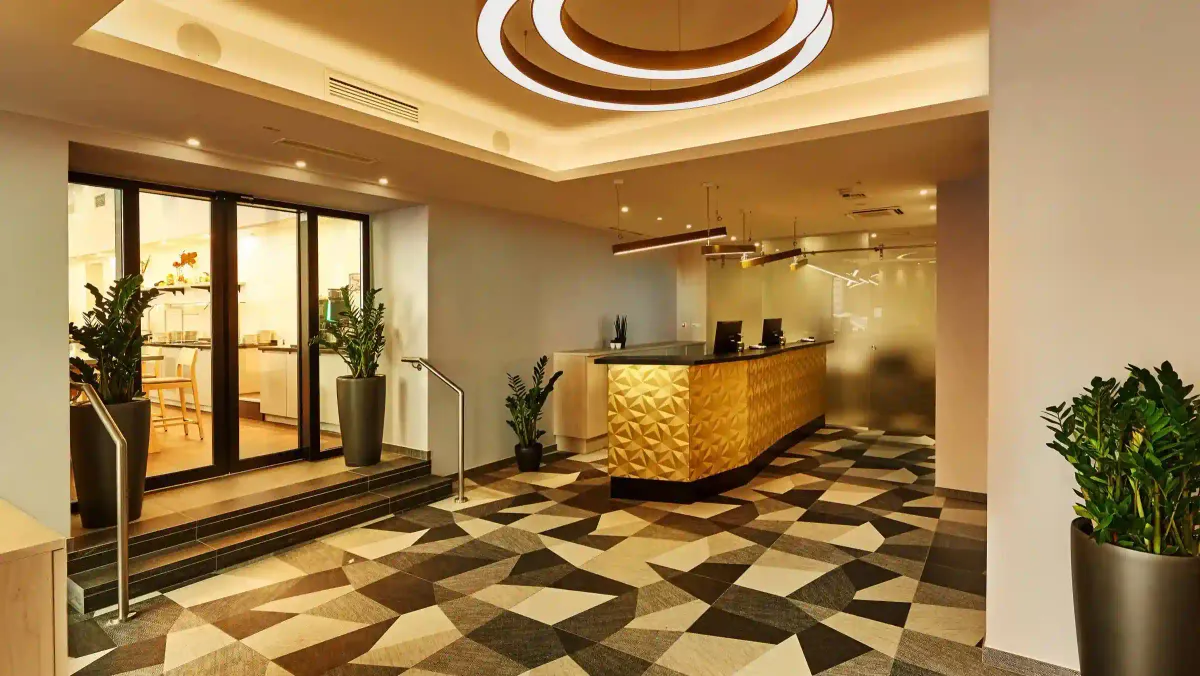
Johann Nepomuk Wilczek was also a generous philanthropist, establishing the Vienna ambulance service, renovating the Ring Theatre that had burned down, and funding the Arctic expedition of 1872, with two of the islands discovered during the expedition in the Arctic Ocean named after him. He died in 1922 and was buried in the crypt of Kreuzenstein Castle.
The guided tour began in the Hall of Arms, divided into an antechamber and a gun room, containing equipment for nearly 100 people, used for defending a castle of this size.
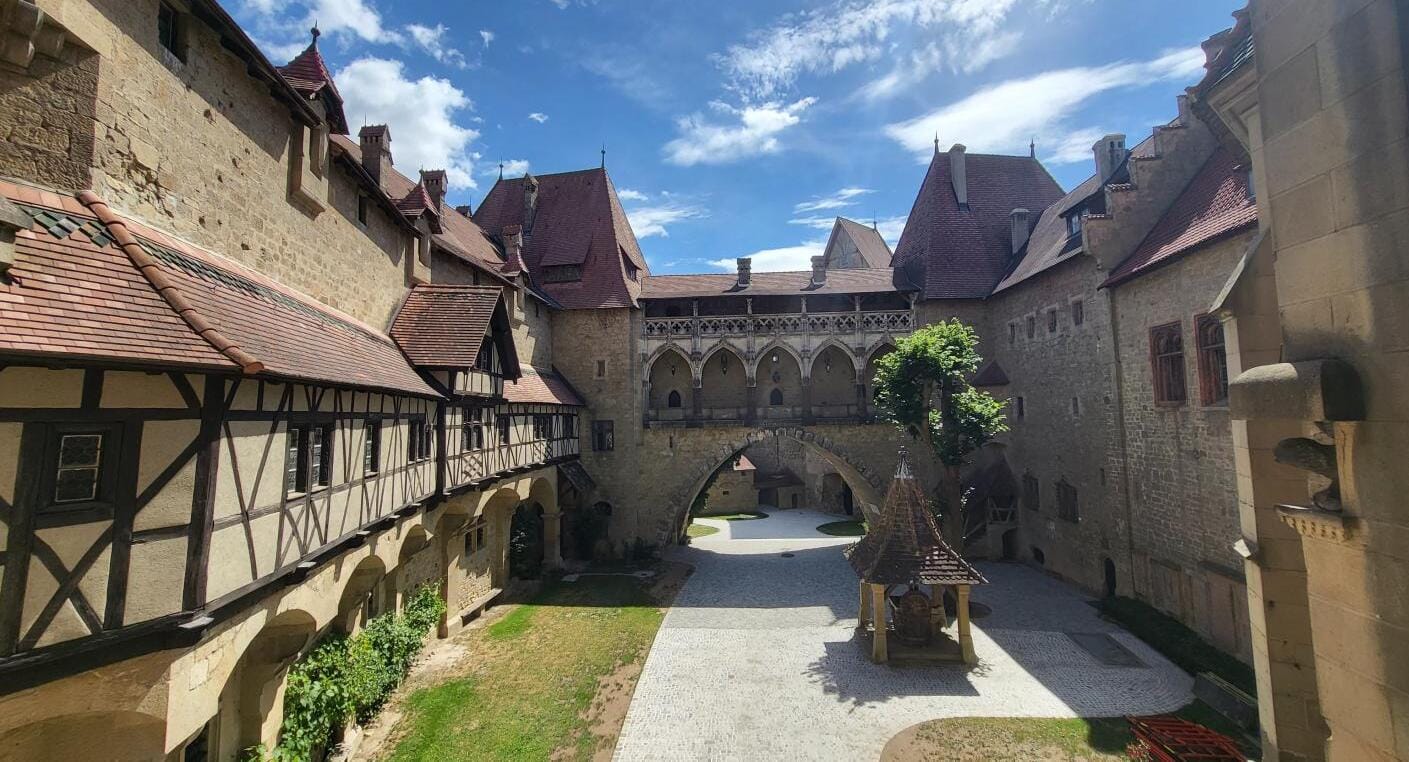
The exhibits comprise the richest private collection of arms in Austria, 500 years old, containing beautifully crafted armor, shields, weapons, and riding equipment from a wide variety of epochs, as well as an impressive collection of swords. In the antechamber of arms, peasant weapons, halberds, and small cannons from the 16th century can be seen.
In the old kitchen, the centerpiece is a unique table consisting of a 7.5-meter-long oak slab weighing about one ton, placed here before the roof was installed. Numerous medieval kitchen utensils, such as an iron with artistic decorations, a spaghetti press, and a grill designed by Leonardo da Vinci, are just a few examples.
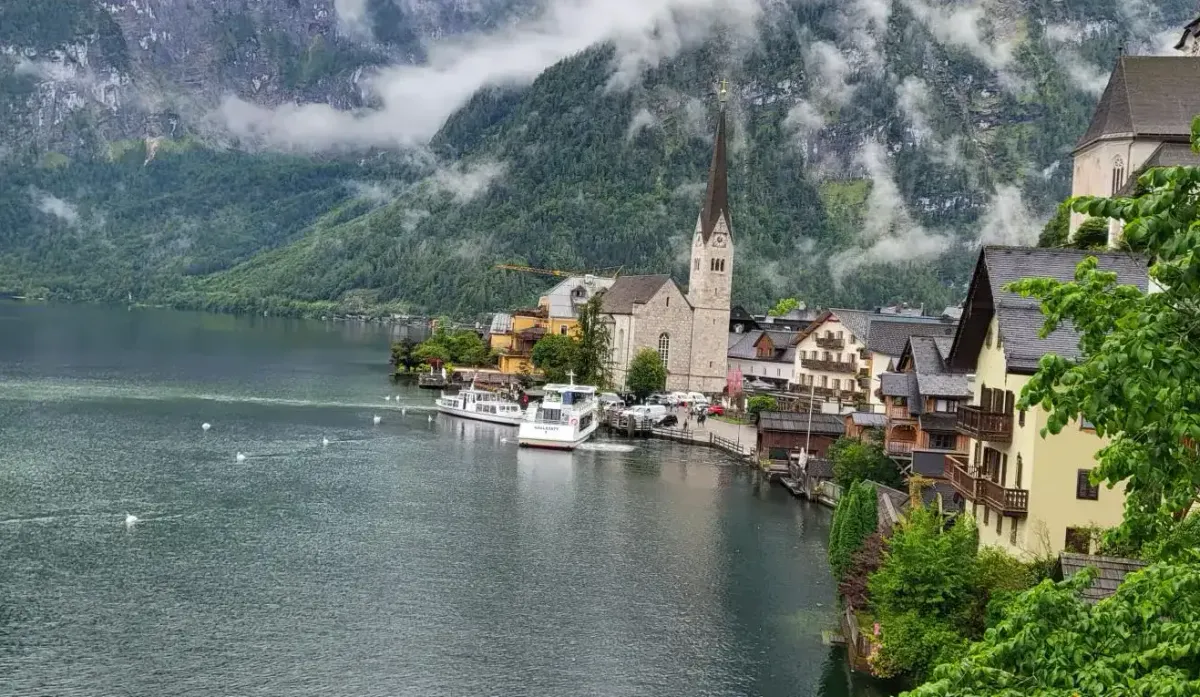
In the grand hall of the knights, there is a painting of Count Wilczek and a photograph of the palace ruins in 1870. On the walls, one can see Flemish tapestries and a wardrobe from South Tyrol from the 18th century, handcrafted by a monk throughout his life.
The highlights include a painted terracotta stove with biblical depictions, a heavy dining table, and Renaissance period chairs. These extremely valuable exhibits are decorated using a so-called special inlay technique, mastered by only one workshop in the Salzburg community during this era.
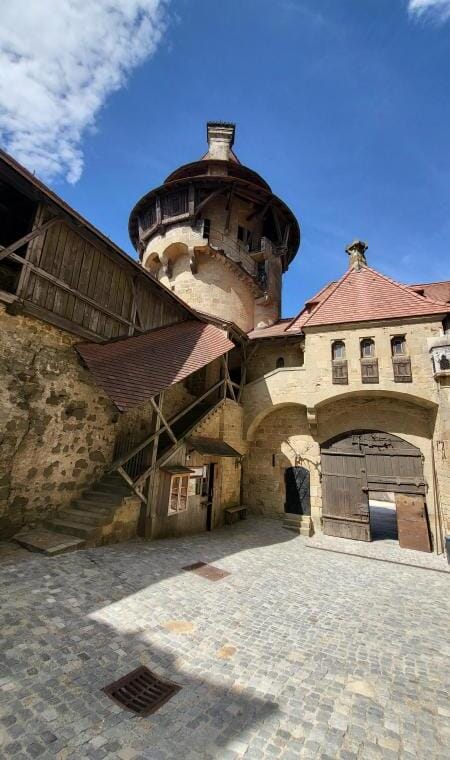
The Prince's Room, with its original medieval furniture, serves as the sovereign's bedroom, where high-ranking guests were sometimes allowed to spend the night. The bed, about 500 years old and made from soft wood originating from southern Germany, has unusual dimensions; it is wider than it is long.
The explanation could be, on one hand, that the average height of knights at that time was considerably shorter, and on the other hand, that nobles in the Middle Ages slept sitting up.
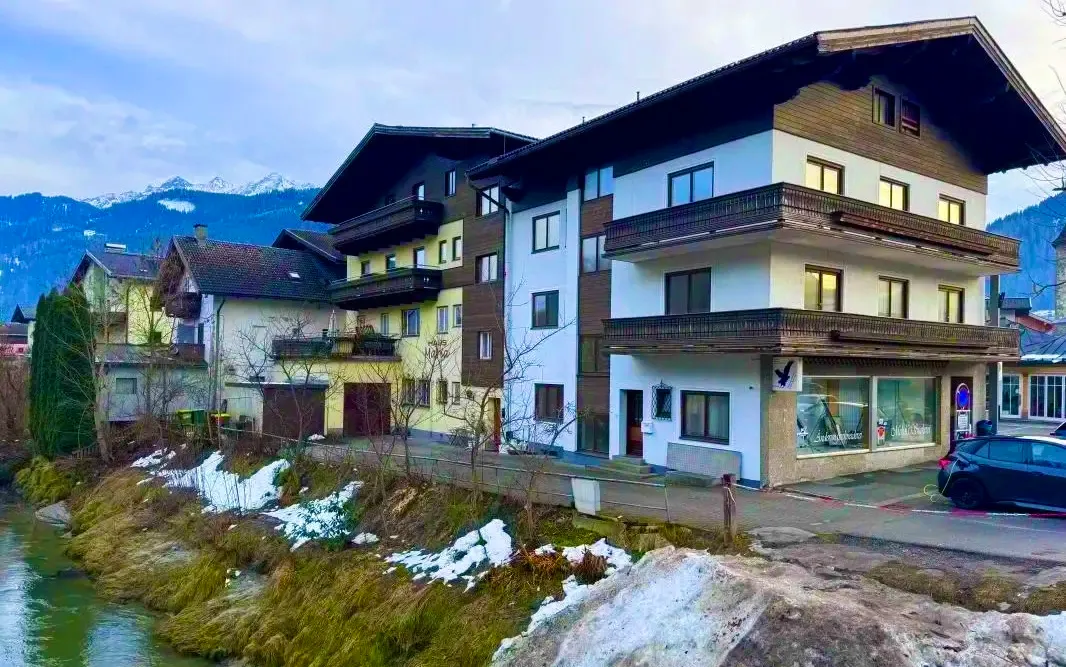
Other special features of the canopy bed include a board on which dreams were recorded immediately after waking up, as well as a secret compartment that served as a hiding place for jewelry. Next to the bed, a buffet, chairs, a money chest, and stools from various eras complete the historic inventory. The walls are decorated with tapestries from Burgundy.
In the hunting room, we find trophies that prove the owner's great passion for hunting. Its walls are richly decorated with weapons, hunting knives. The supposed horn of a legendary unicorn is actually a narwhal tooth (whale), a souvenir from the Austrian expedition to the North Pole made by the count in 1874.
The chapel is the most magnificent building in Kreuzenstein Castle and, at the same time, a jewel of medieval craftsmanship. The wings of the magnificent oak doors, carved in relief, depict Saint Mary and Saint Elisabeth, being a detailed replica of another late Gothic church known in the Salzburg region.
The castle has also been the scene of several films, including "The Three Musketeers" and "Season of the Witch", as well as a film adaptation of a novel by Ken Follett.
Thank you for reading and make sure to subscribe. We're constantly exploring new destinations and share our stories, tips, and the beauty we discover along the way.




